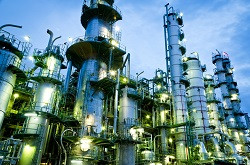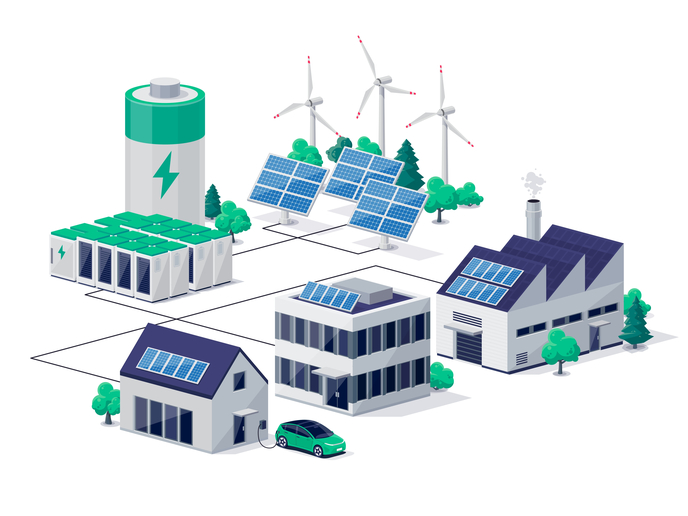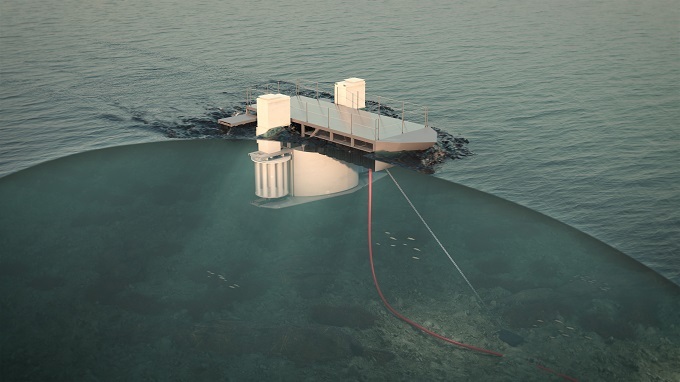New tools to help large plants achieve resource efficiencies
While resource-efficiency and life-cycle inventory indicators are frequently used to assess the environmental impact of industrial production, such indicators have until now only been used in retrospect. However, energy efficiency in chemical production processes is strongly influenced by operational decisions that are taken during daily production. The EU-funded MORE(opens in new window) project has developed new software tools and methods for defining, computing and presenting resource efficiency indicators in real-time for both batch and continuous processes. These indicators measure the resources consumed to produce a ton of product. The information is displayed in carefully designed dashboards that contain the relevant information in a condensed and easy to perceive manner so that managers and operators can recognise quickly whether the operation is optimal in terms of resource efficiency and can take measures to improve efficiency. ‘The operation of processing plants can be improved considerably by measuring and visualising energy and resource efficiency, and by providing daily decision support to plant operators,’ explains Dr Stefan Krämer, MORE project Industrial Applications Coordinator from INEOS Köln. ‘The new real time resource efficiency indicators (REIs) that we have developed provide energy and resource efficiency information in control rooms and on management dashboards, helping plant managers and operators monitor their plants and achieve optimum plant performance.’ The MORE project has also developed new analytical techniques to measure concentrations of process streams which are needed to compute the efficiency indicators. For the implementation of the REI calculations and optimisation algorithms, a real-time platform has been developed by an SME in the project that can easily be connected to the existing plant automation software. The MORE team has focused on solutions for four specific chemical plants: a refinery, a petrochemical plant, a plant that produces ingredients for consumer products from renewable feedstock and a cellulose plant. ‘Beyond the sectors addressed in these demonstrations, we are confident that the project results will be applicable to other process industries as well,’ says the scientific leader of MORE, Professor Sebastian Engell from the Technische Universität Dortmund, Germany. ‘Our feasibility studies for the pulp and paper and sugar industries have shown this. Of course, each application will require tailoring the indicators, the visualisation, the decision support tools and automatic control algorithms to the specific sector or plant.’ The MORE project has so far shown that considerable potential exists to improve resource efficiency in many industrial processes without major investments in new technology. ‘This potential needs to be exploited further,’ says Engell. ‘When you look at chemical sites and industrial parks, it is clear that there are opportunities to better coordinate different plants inside a site, and even between different companies, in order to improve overall resource efficiency.’ MORE is progressing well. One of the project’s SMEs is currently developing pre-commercial automation software, and expects to commercialise the products following the project’s completion at the end of 2016. Another SME in the consortium has already received offers for cooperation from large equipment vendors, which could help bring the project’s tools to a broader target group.







